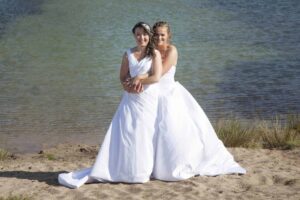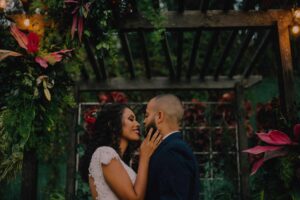LET’s Go INTO 2025 with ALL THE BELLS AND WHISTLES. PREMIUM PROFILE NOW ONLY $49 FOR 2025!
New Brunswick
New Brunswick
New Brunswick is one of the thirteen provinces and territories of Canada. It is one of the three Maritime provinces and one of the four Atlantic provinces. It is the only province with both French and English as its official languages.
New Brunswick is bordered by Quebec to the north, Nova Scotia to the east, the Gulf of Saint Lawrence to the northeast, the Bay of Fundy to the southeast, and the U.S. state of Maine to the west. New Brunswick is about 83% forested and its northern half is occupied by the Appalachians. The province’s climate is continental with snowy winters and temperate summers.
New Brunswick has a surface area of 72,908 km2 (28,150 sq mi) and 775,610 inhabitants (2021). Atypically for Canada, only about half of the population lives in urban areas. New Brunswick’s largest cities are Moncton and Saint John, while its capital is Fredericton.
In 1969, New Brunswick passed the Official Languages Act which began recognizing French as an official language, along with English. New Brunswickers have the right to receive provincial government services in the official language of their choice. About 2⁄3 of the population are anglophone and 1⁄3 are francophone. New Brunswick is home to most of the cultural region of Acadia and most Acadians. New Brunswick’s variety of French is called Acadian French and 7 regional accents can be found.
New Brunswick was first inhabited by First Nations like the Miꞌkmaq and Maliseet. In 1604, Acadia, the first New France colony, was founded with the creation of Port-Royal. For 150 years afterwards, Acadia changed hands a few times due to numerous conflicts between France and the United Kingdom. From 1755 to 1764, the British deported Acadians en masse, an event known as the Great Upheaval. This, along with the Treaty of Paris, solidified Acadia as British property. In 1784, following the arrival of many loyalists fleeing the American Revolution, the colony of New Brunswick was officially created, separating it from what is now Nova Scotia. In the early 1800s, New Brunswick prospered and the population grew rapidly. In 1867, New Brunswick decided to confederate with Nova Scotia and the Province of Canada (now Quebec and Ontario) to form Canada. After Confederation, shipbuilding and lumbering declined, and protectionism disrupted trade with New England.
Weddings in New Brunswick, Canada
Depending on your preference and the season that your wedding is going to be taking place in, you might choose an indoor or an outdoor wedding. Ontario is filled with great options for both kinds of weddings.
New Brunswick is all inclusive. There are many LGBT allied vendors to choose from.
Planning an LGBTQA+ wedding or elopement in New Brunswick, Canada? We can help! Our Officiants are all inclusive! You don’t have to ask here, we celebrate love!
Officiants know the best locations to have your wedding or elopement. Contact us to discuss your plans for getting married in New Brunswick, Canada.
Featured Wedding Officiants in New Brunswick, Canada
New Brunswick's Top Rated Wedding Vendors
Canada
Looking for Listings and wedding information related to Canada? We’ve got you covered!






